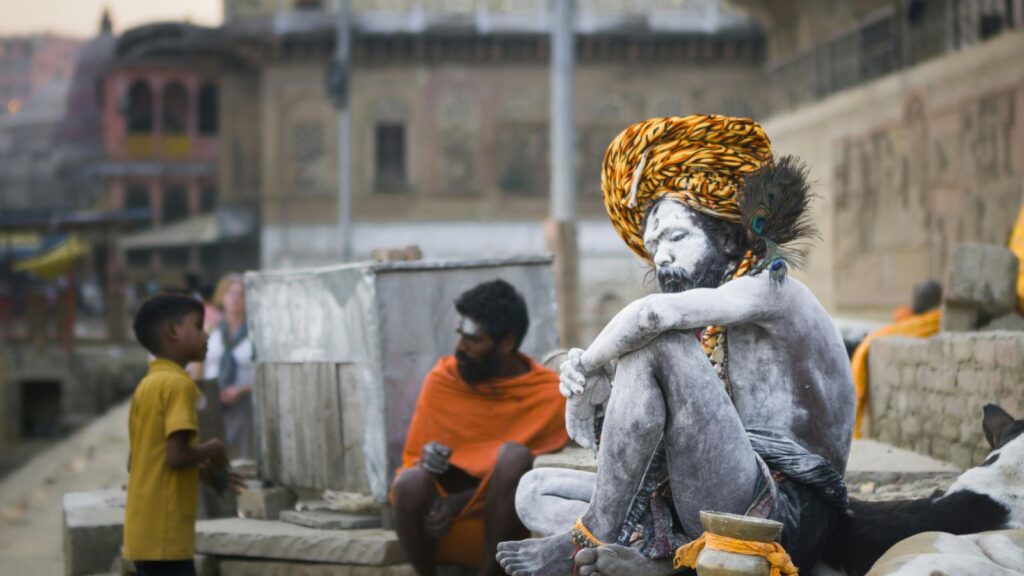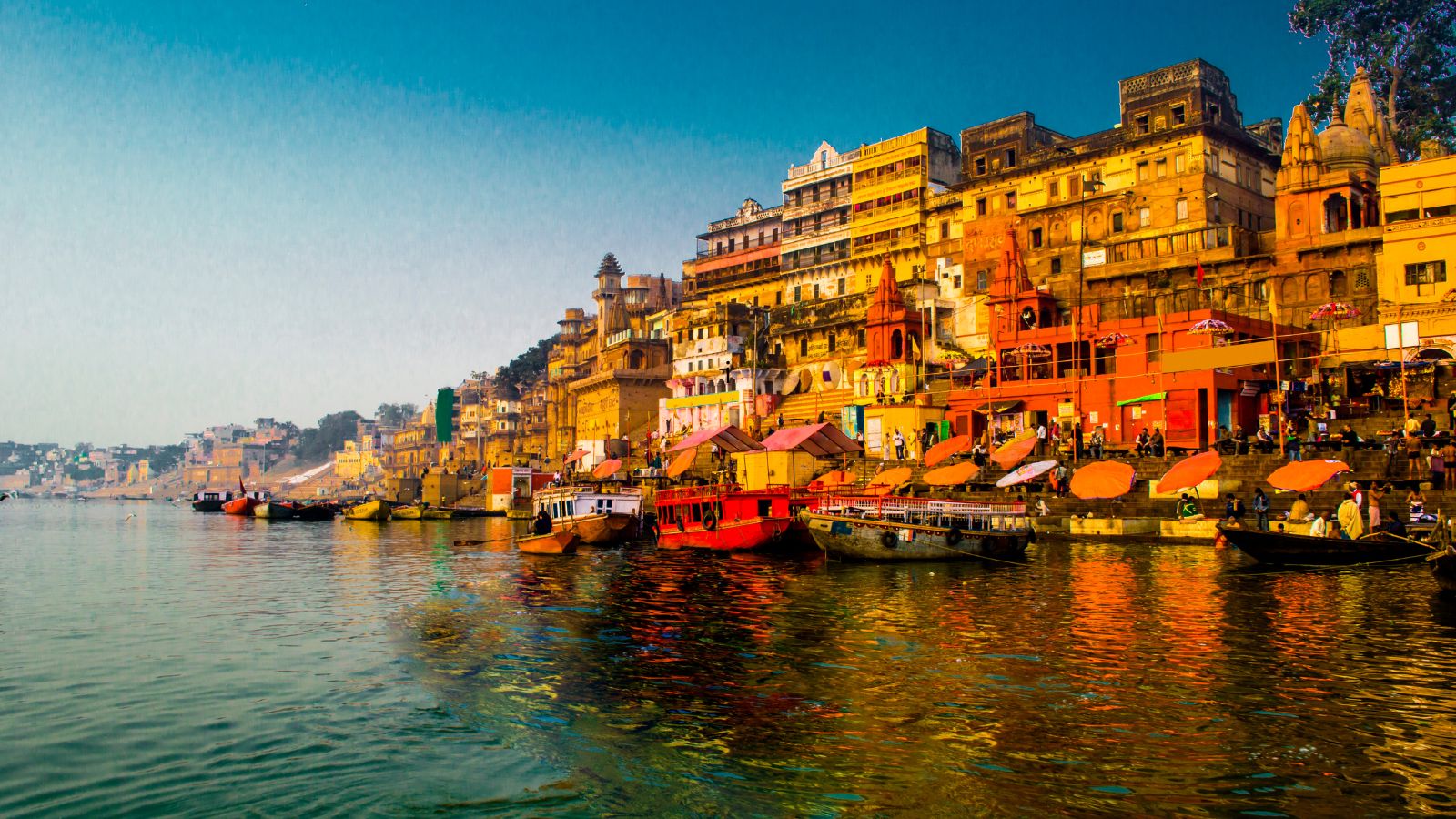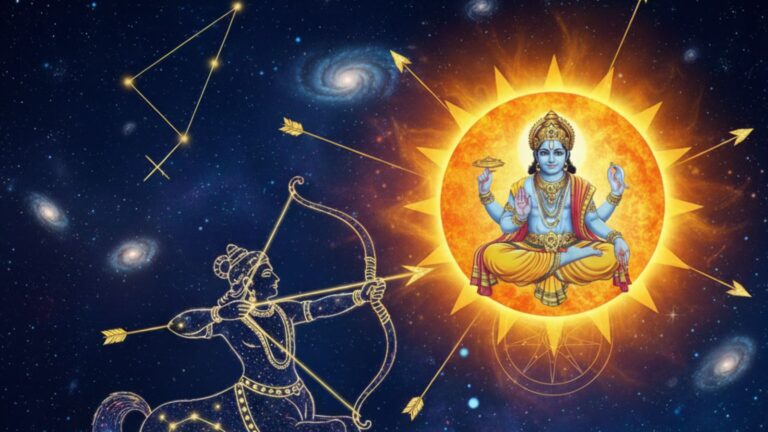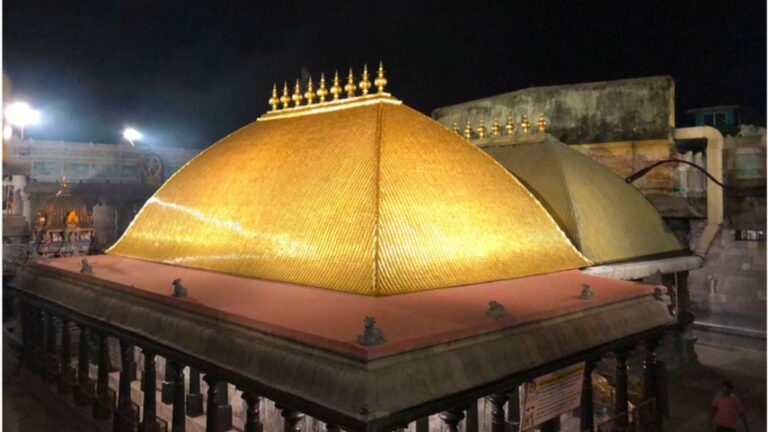Varanasi, believed to be one of the world’s oldest continuously inhabited cities, carries a legacy as rich as its many names. The modern name “Varanasi” comes from its location between two tributaries of the Ganga—the Varuna to the north and the Asi to the south. Ancient texts, however, refer to it as Kashi, which is derived from kash, meaning “shine,” “that which shines” or “the City of Light” in Sanskrit. It is said that the very first ray of light after creation touched Kashi, sanctifying it forever.
Th epithet “City of Light” reflects its timeless image: each dawn, the golden rays of the rising sun glisten upon the Ganga, bathing Kashi in a luminous glow, as if heaven itself touched the earth. The name Kashi appears in the Rigveda, (composed around 1500–1200 BCE), making it one of the earliest recorded city names in human history. The Skanda Purana states that Kashi shines in glory because it lights the way toward Nirvana.
In sacred literature, Kashi is also called Moksha-prad Kashi, “the Kashi that grants liberation.” Hindu tradition holds that dying in this city leads to moksha, the release from the cycle of birth and death. For this reason, it is also known as Mokshapuri, “the city that grants liberation.” It’s also known as Anandavana/Anandakanana, the “blissful forest,” for it brings joy to Shiva. It is called Avimukta, because Lord Shiva has never forsaken or departed from it.

Kashi bears many sacred names that reveal its spiritual essence. It is called Rudravasa, the abode of Rudra, since Lord Shiva is also worshipped by this name. It is called Mahasmashana, “the great cremation ground,” because cremation here is believed to ensure liberation. Unlike elsewhere, where cremation grounds are seen as unholy, death and cremation are sanctified as holy acts in kashi. The city’s Manikarnika and Harishchandra Ghats, burning ceaselessly, are counted among Hinduism’s most sacred cremation grounds.
Another widely used name is Banaras (also spelled Benaras), which has been the city’s colloquial and cultural name for centuries. While its exact origin is uncertain, it is generally considered as a phonetic variation of “Varanasi,” popularized during the Mughal period and later by the British. Banaras remained the official name through the medieval and colonial eras until “Varanasi” was restored in the early 20th century. The name still flourishes in cultural references such as Banarasi silk, Banarasi paan, and in the affectionate way it is used for the city’s people.
The city is hailed as the Spiritual Capital of India, and the Religious Capital of India, reflecting its role as a historic center of learning, ritual, and devotion. The American writer Mark Twain, who visited in 1896, described it as “older than history, older than tradition, older even than legend, and looks twice as old as all of them put together.” His fascination with the city was such that he considered it a living museum, where every street and shrine told a story spanning thousands of years.
For its unmatched spiritual aura and cultural richness, the city is worth visiting at least once in a lifetime.




Insightful and informative Murali D! Thank you.
Thank you, Praveen for letting me know. Keep visiting.